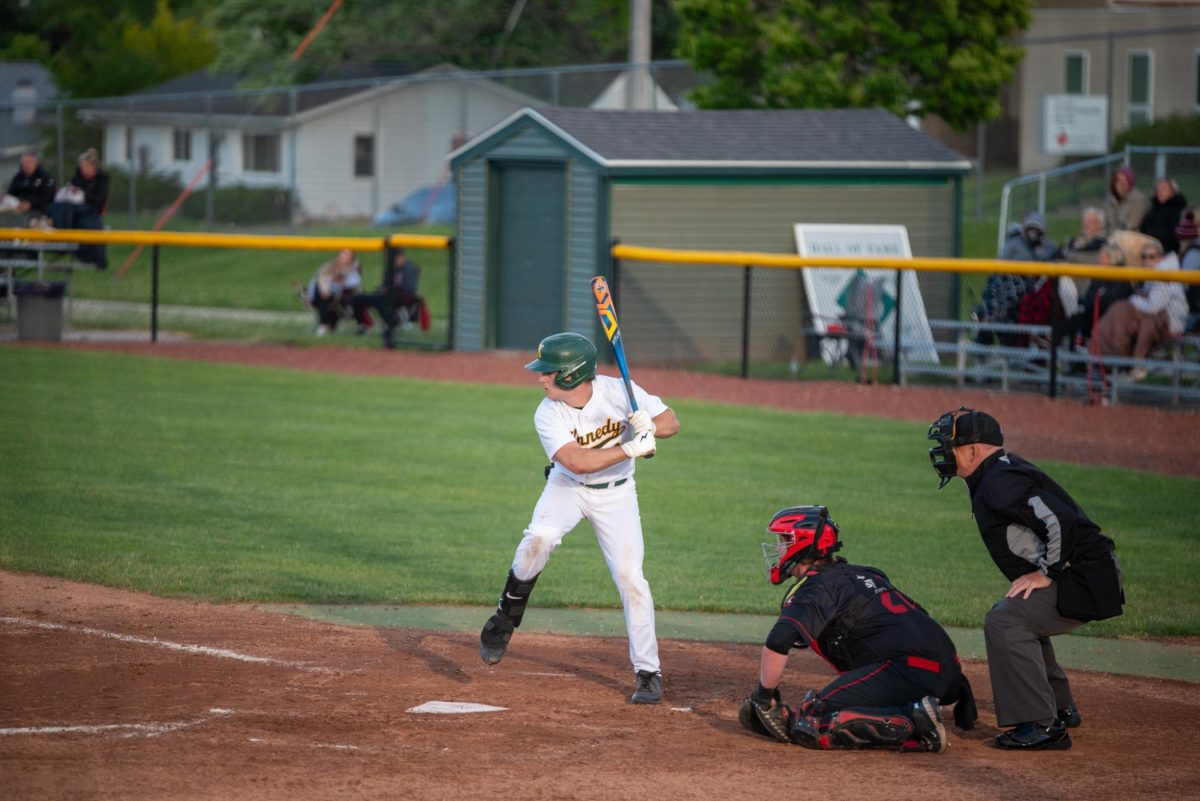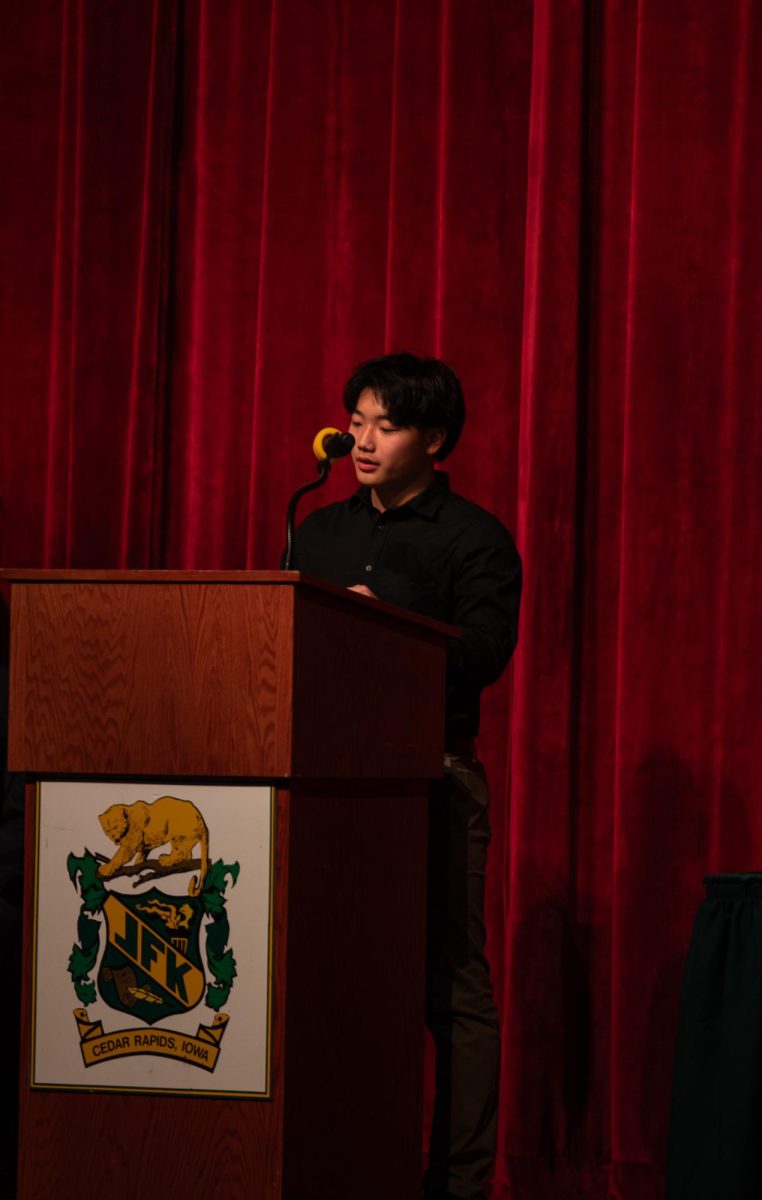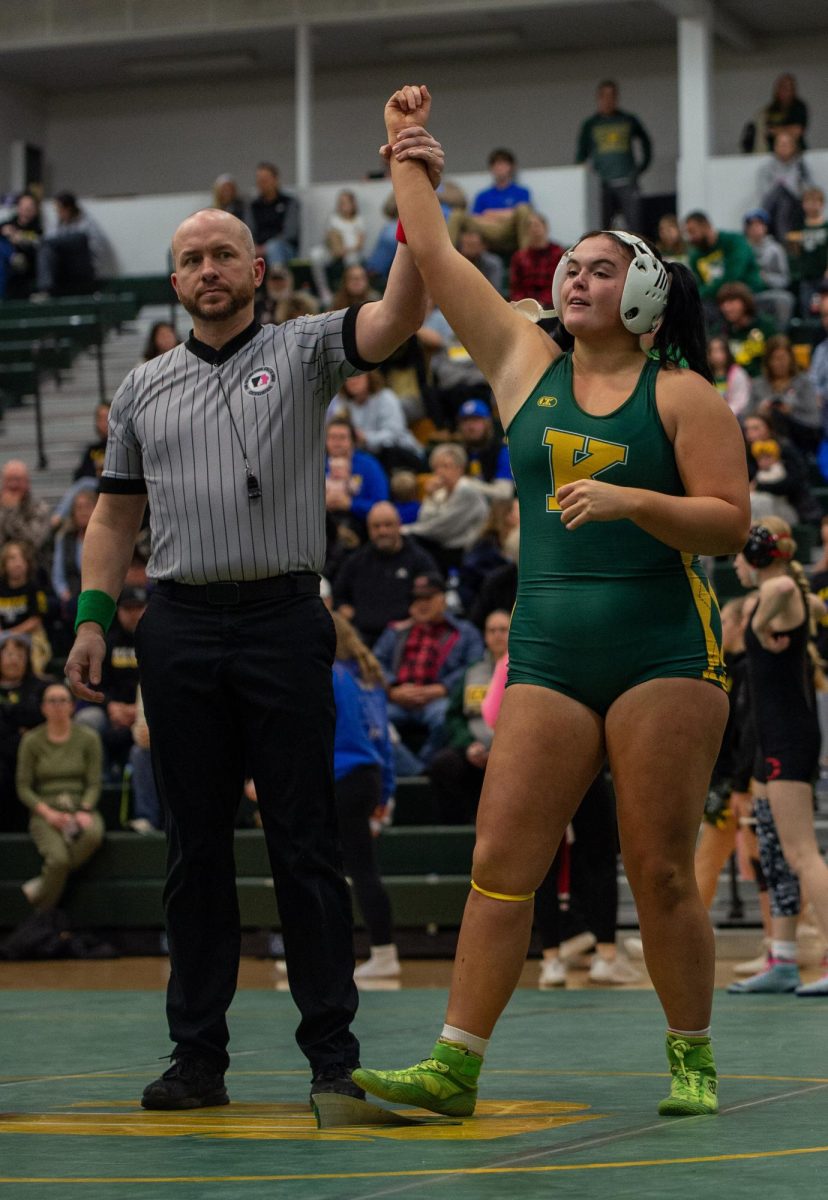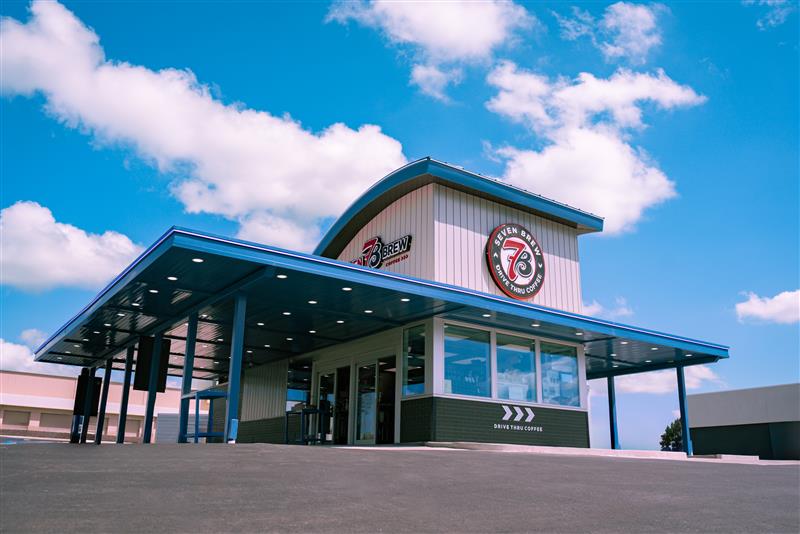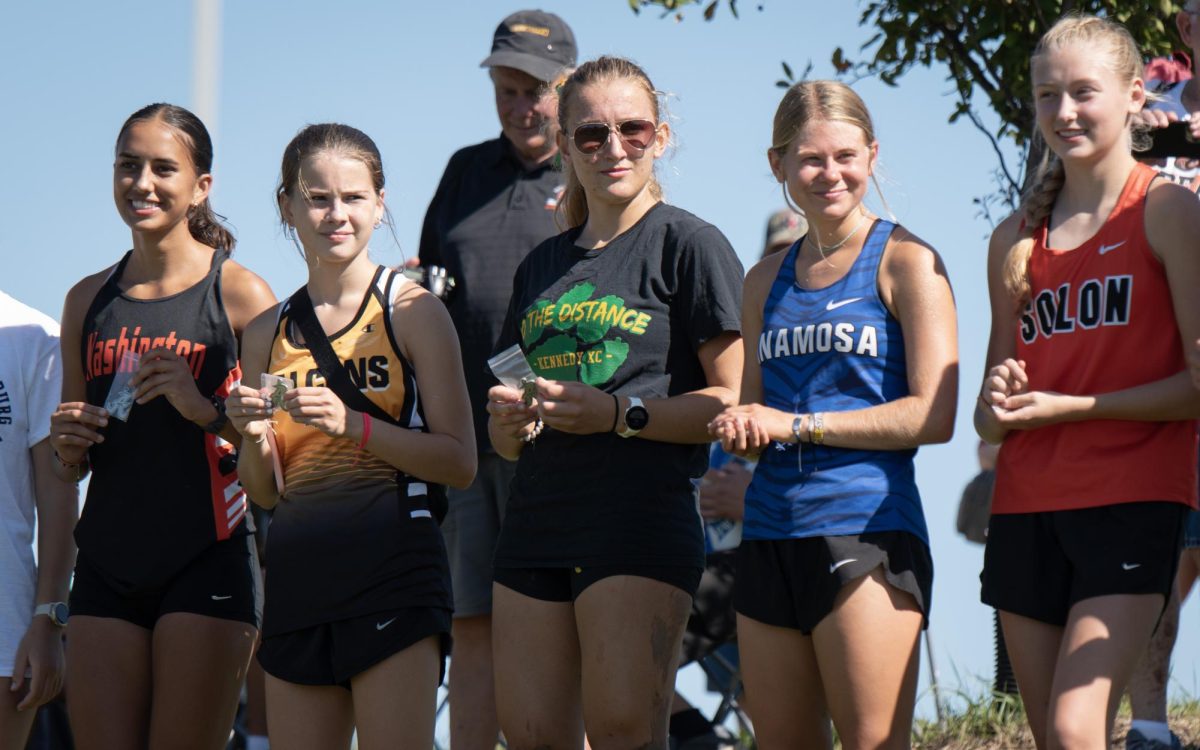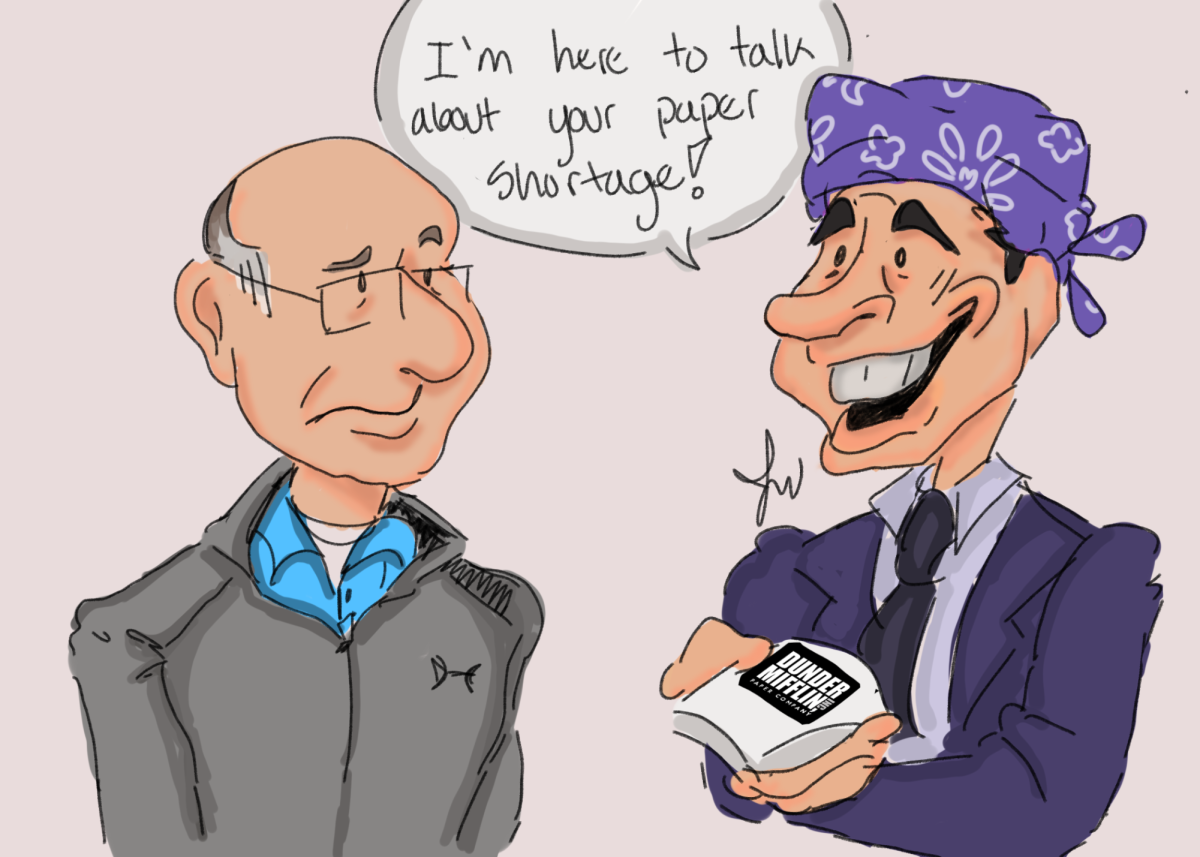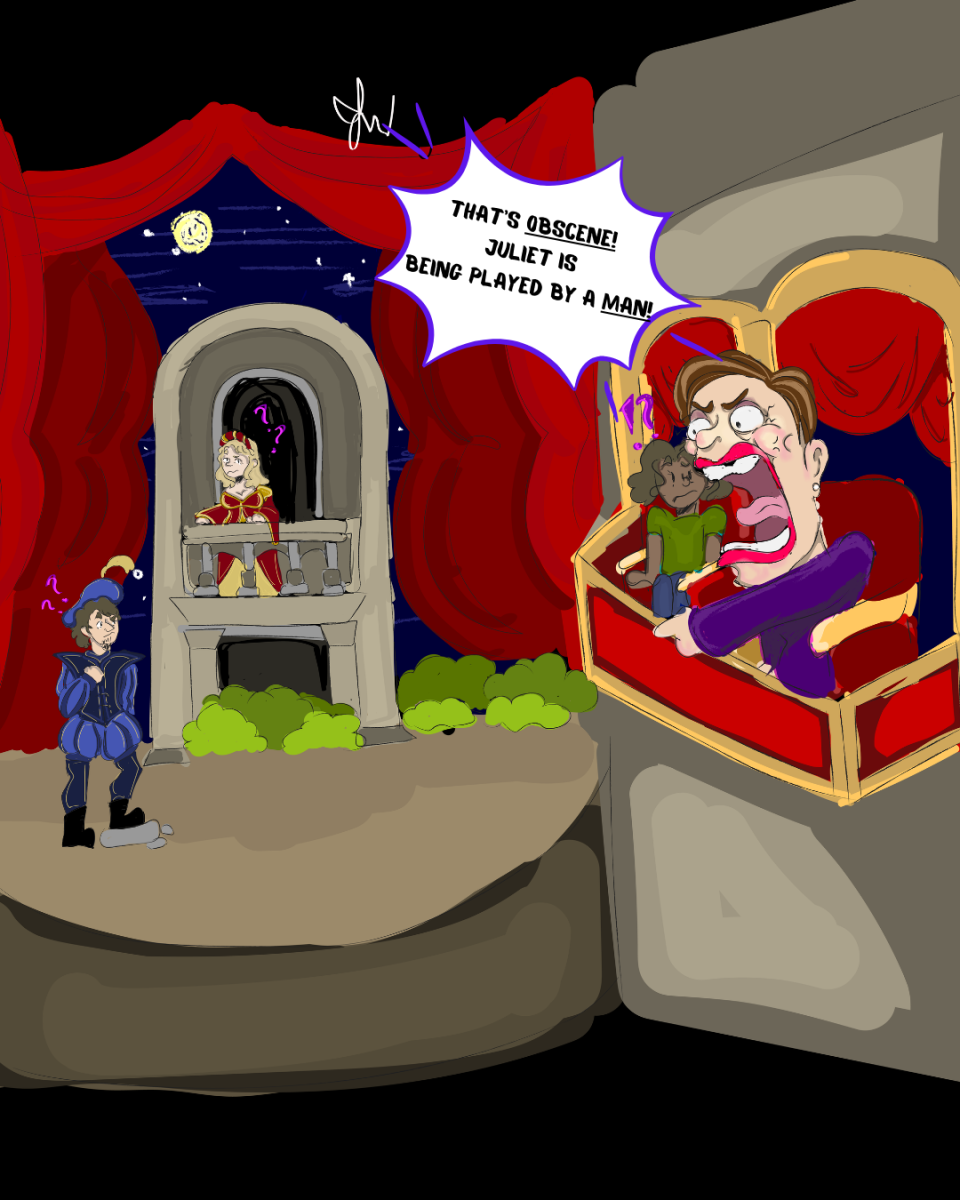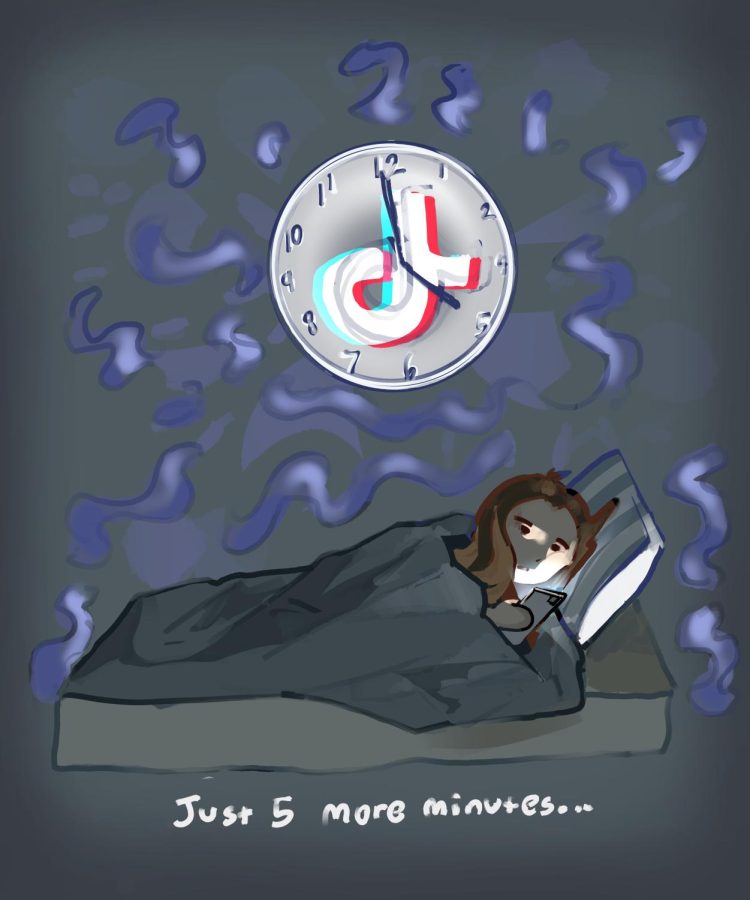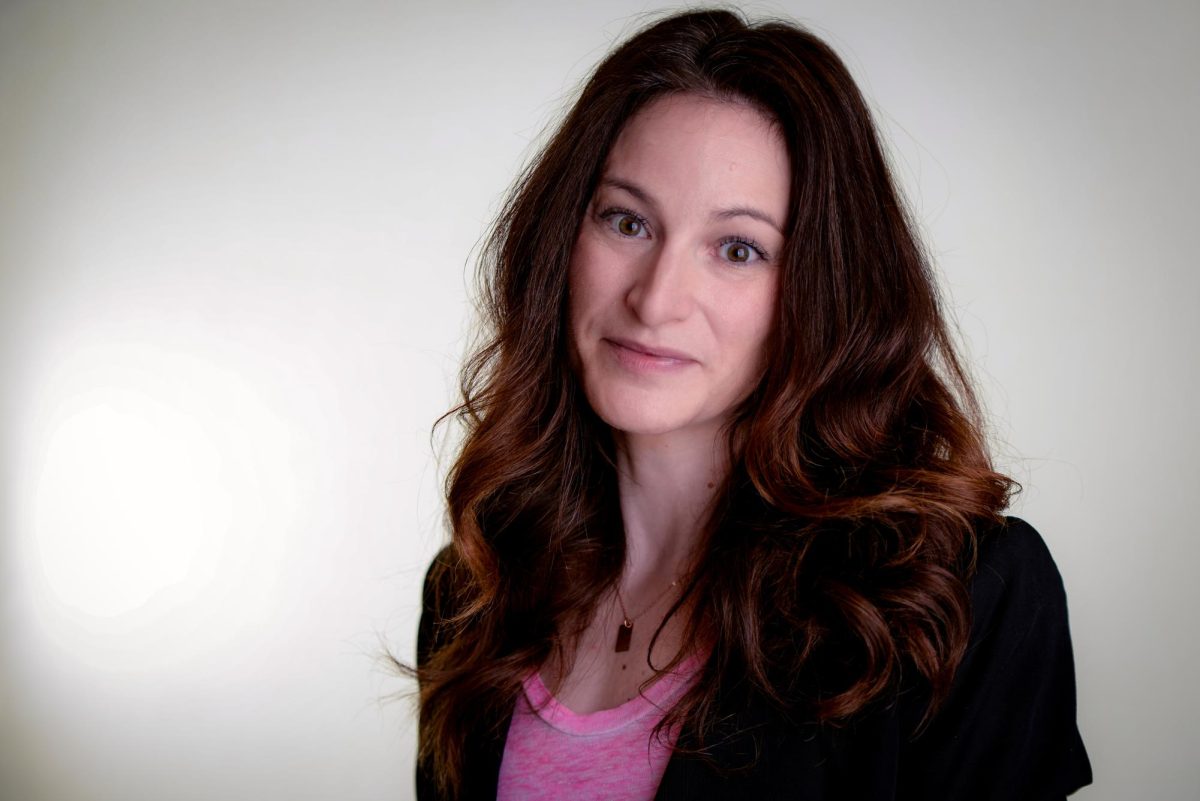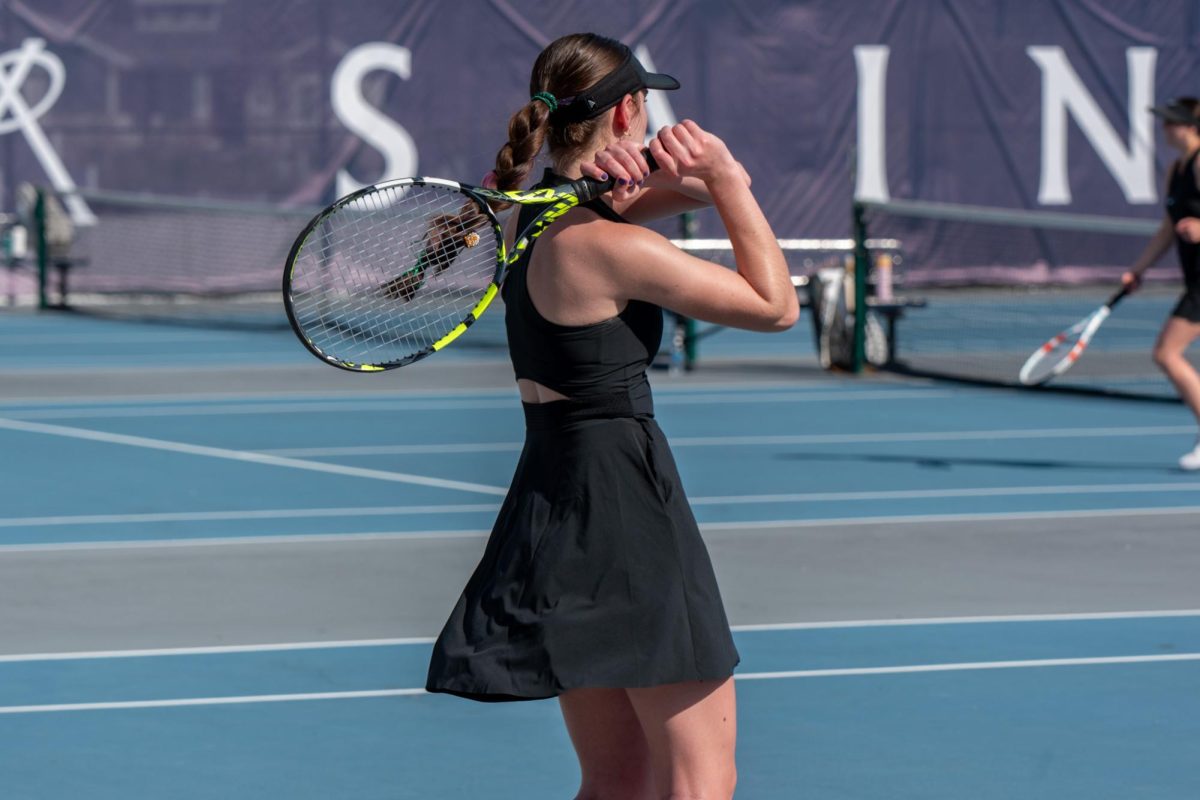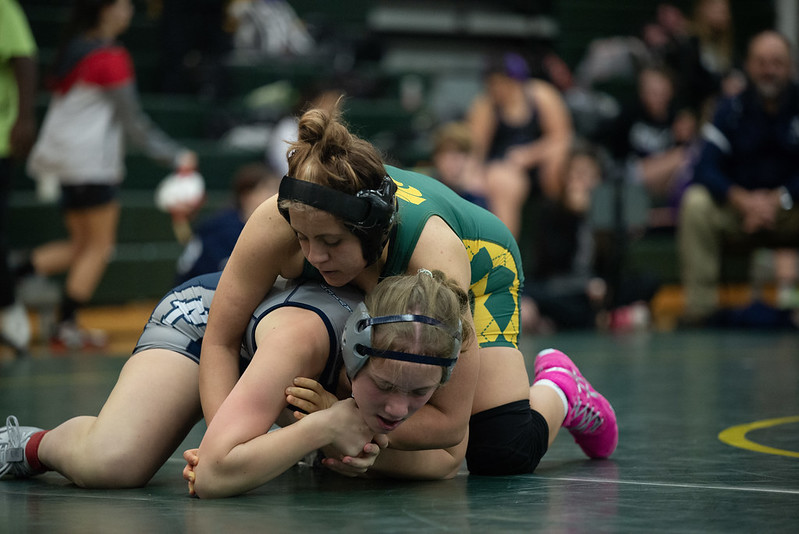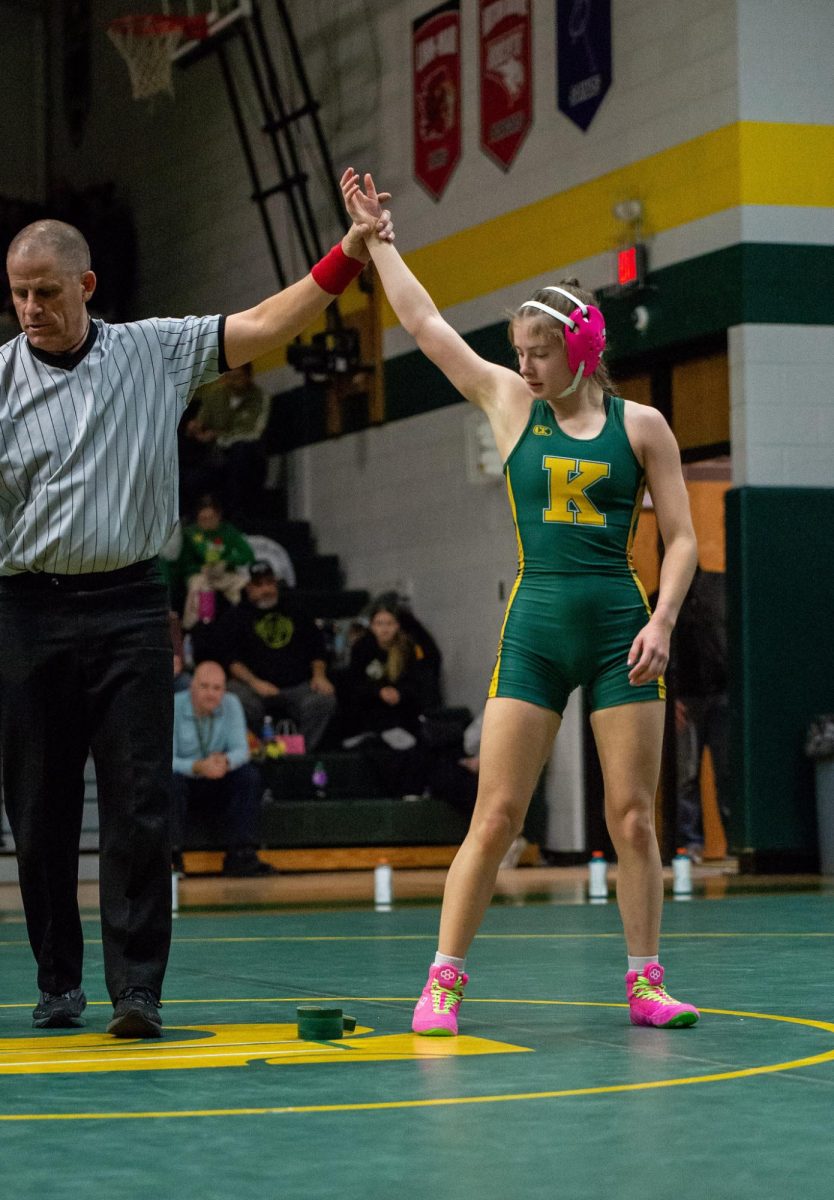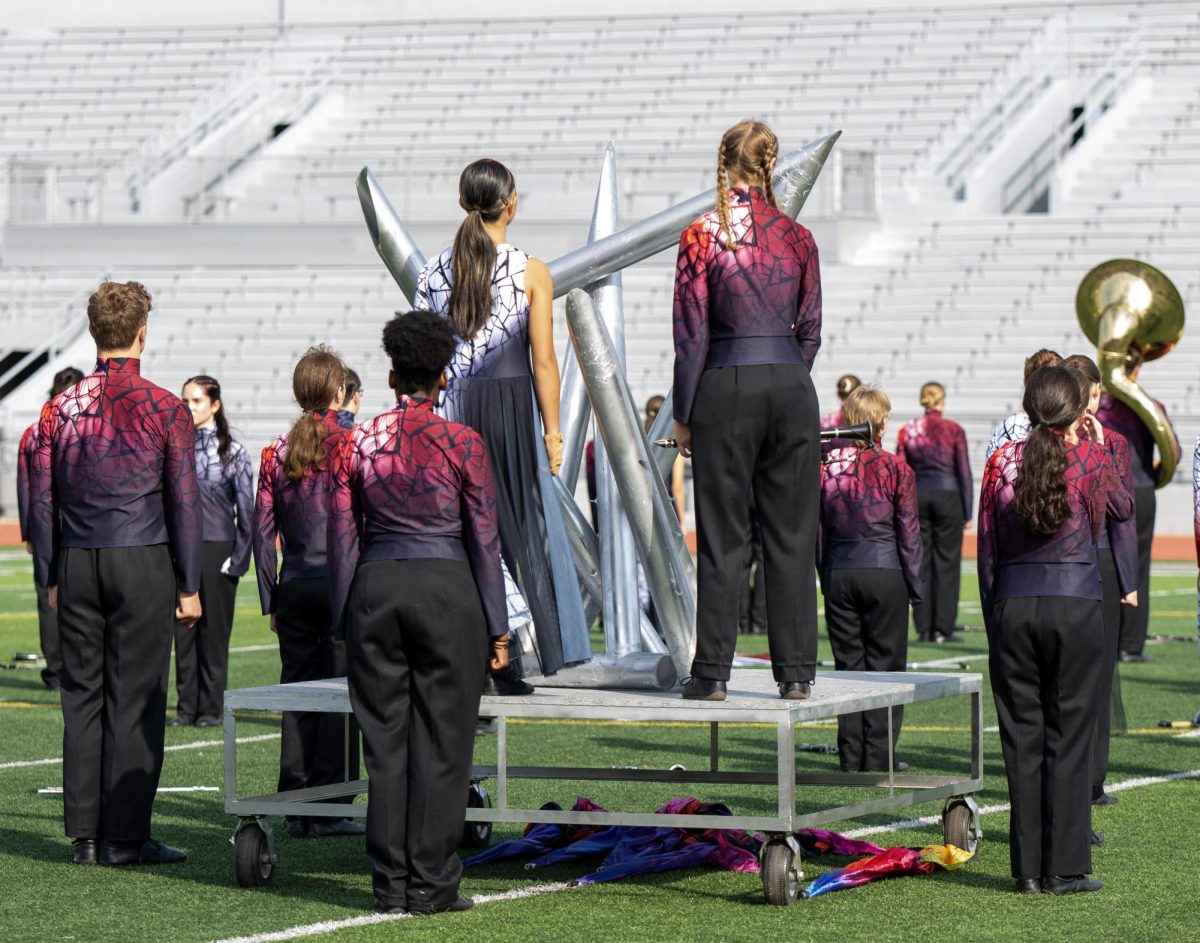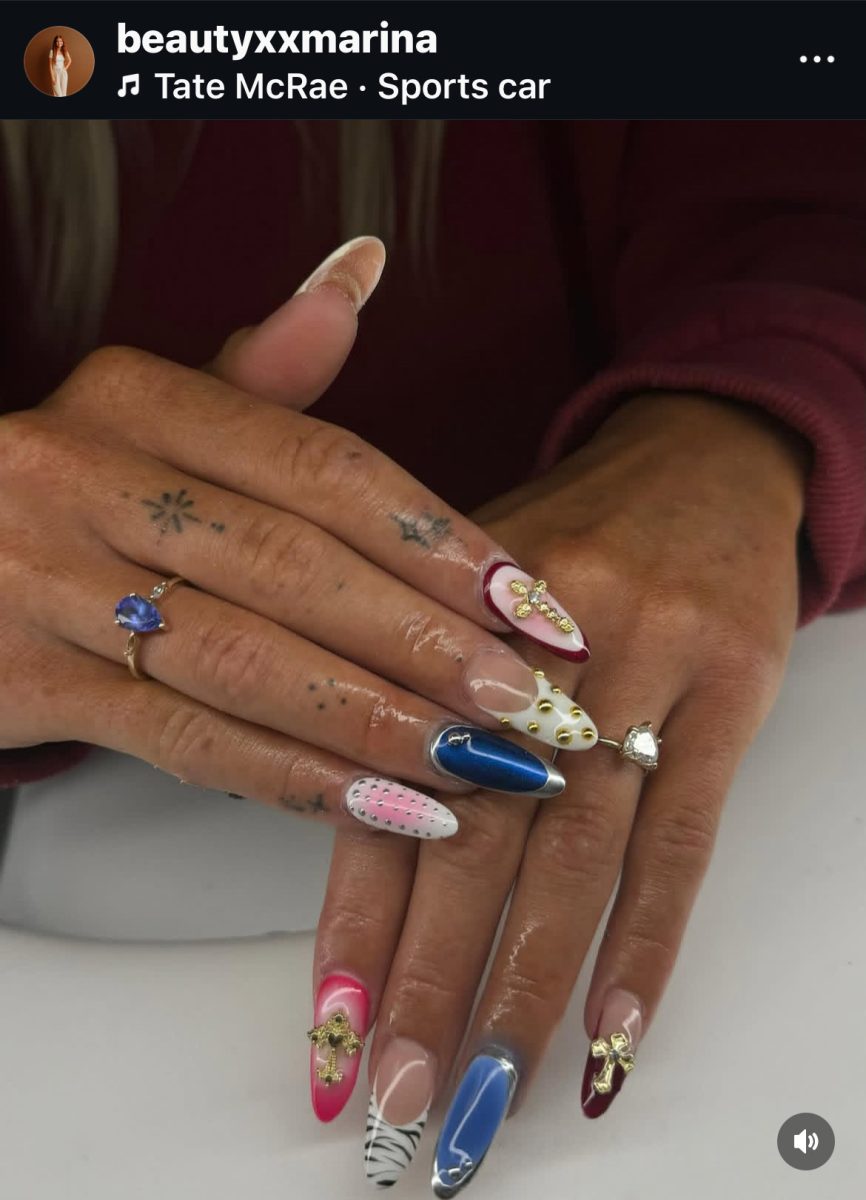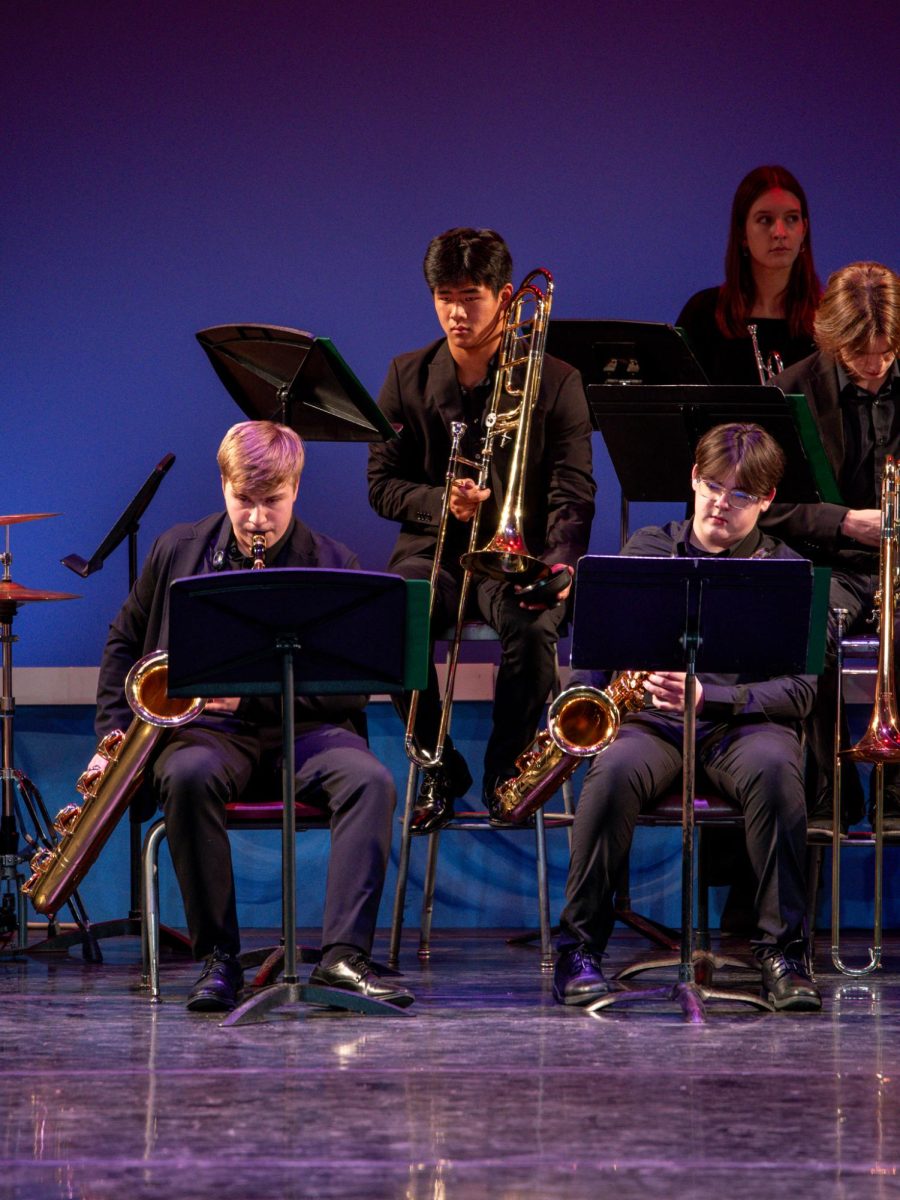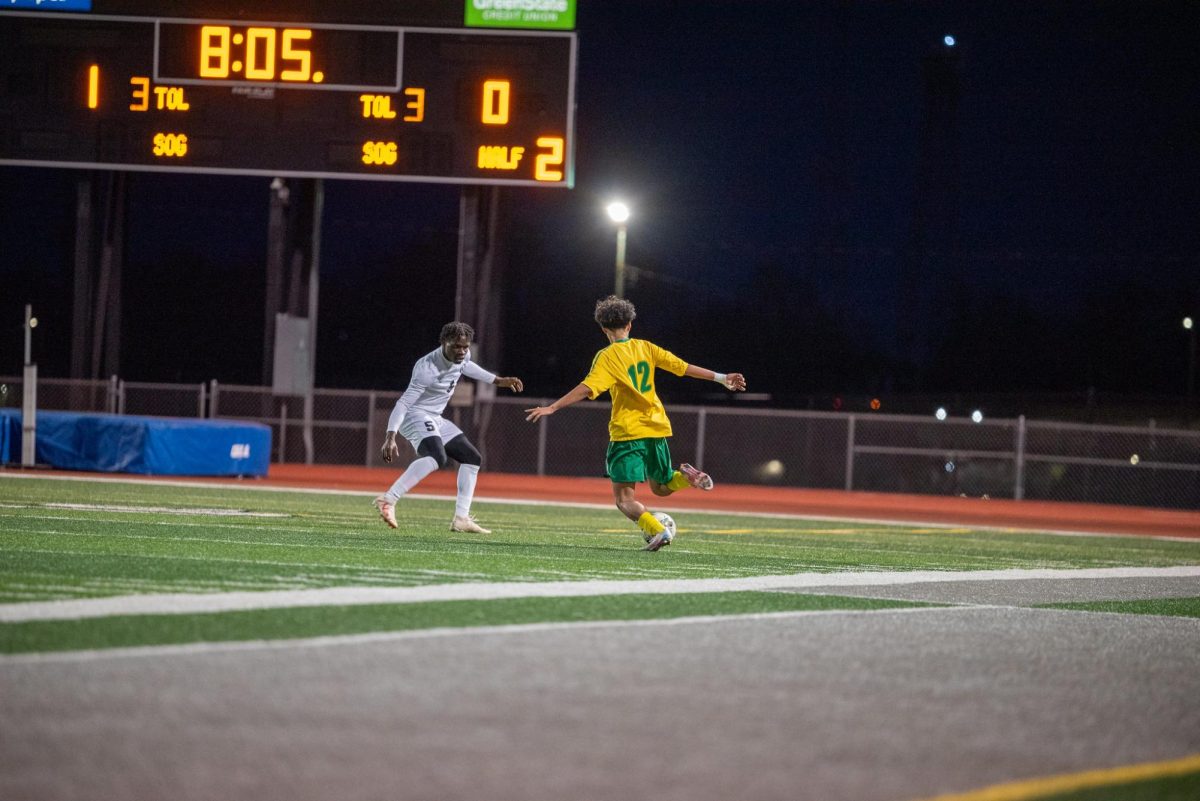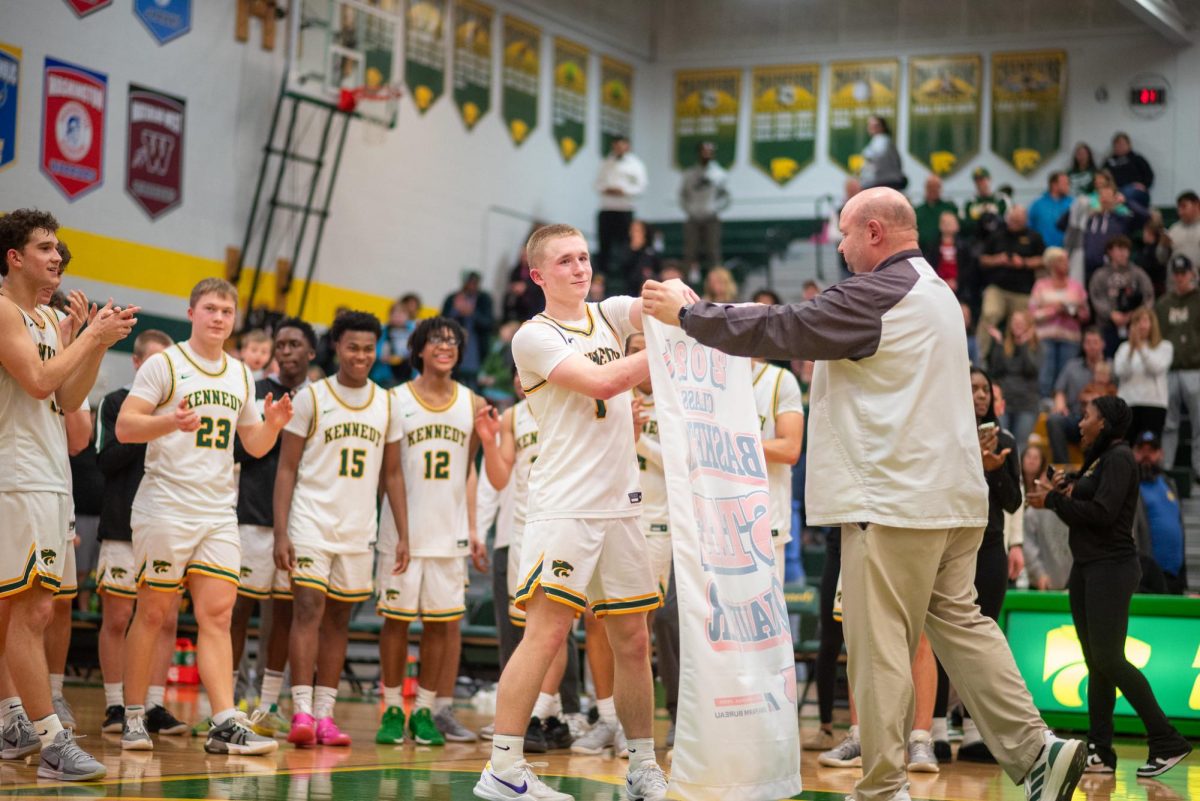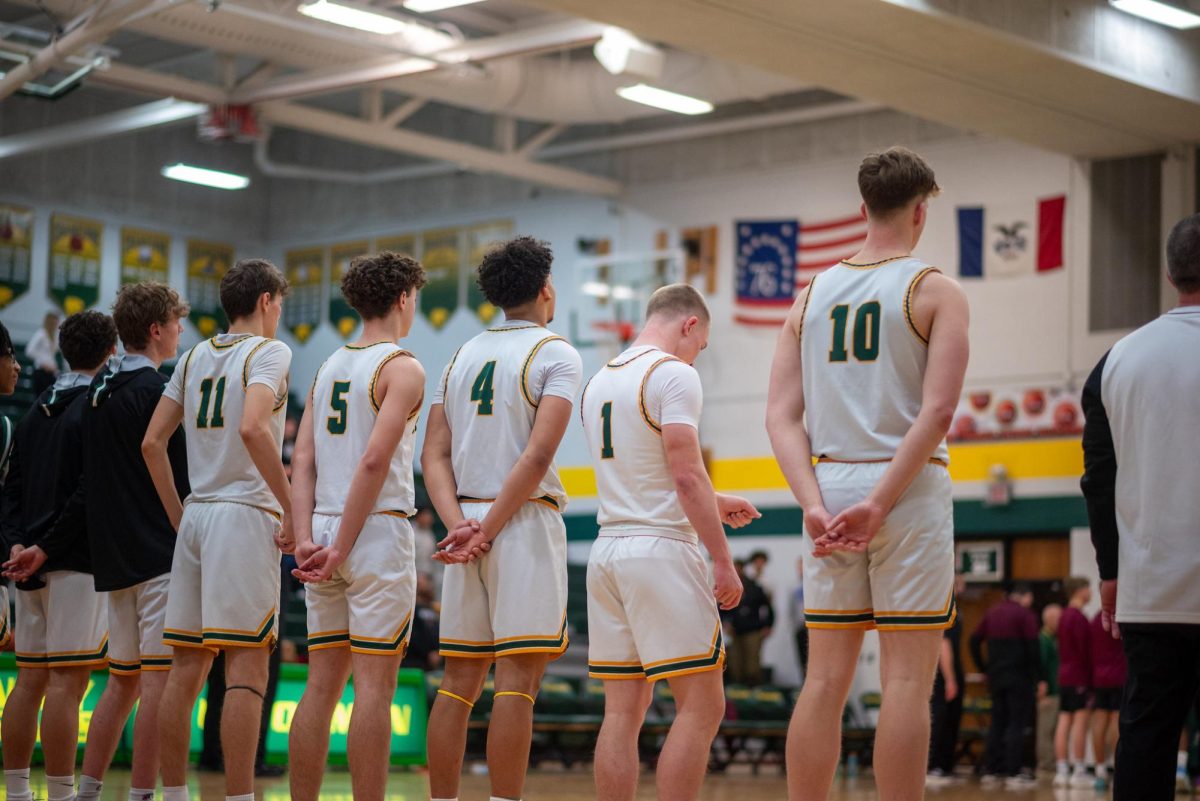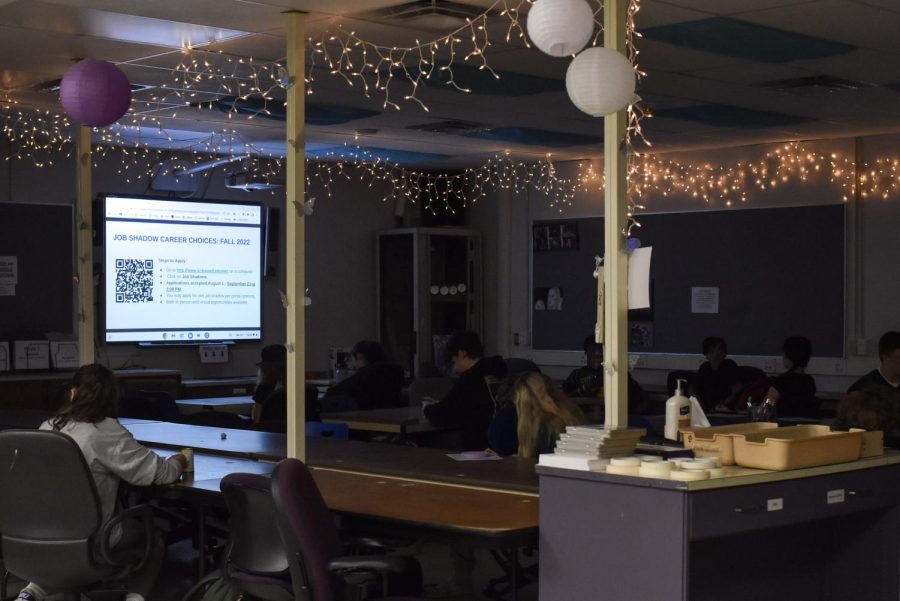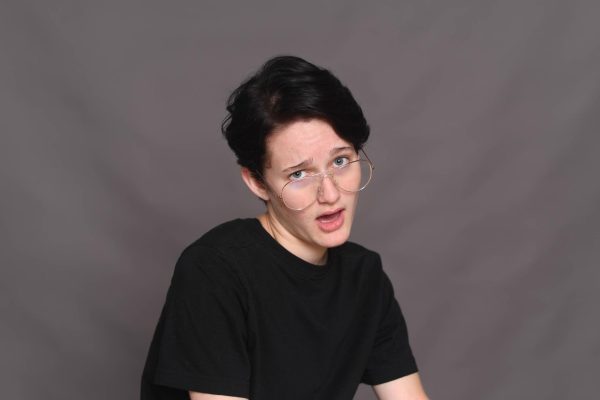The Struggle of the Arts
Kennedy’s art classrooms are full to bursting with students developing their creativity skills.
September 19, 2022
The Kennedy Art Department had their devices removed due to the cyber attack and on top of that devastating loss, they continue to struggle yearly to fund the materials students need in their program.
“The last few years we have been working hard to bring more awareness to the arts and grow our department,” art teacher Amanda Finley said. “It is tough to get others to see the importance of arts and we sometimes get left out/forgotten. We want our students to feel just as valued and important as others. We have slowly started to grow back our numbers which is super exciting but it feels like we are always fighting for things in the art department and some of the other elective classes.”
With the transition to chromebooks, the Cedar Rapids Community School District stopped funding computer labs. For most classes this is not an issue, but for the art department it creates a technological gap.
Finley explained that the computer labs were supposed to be on a three-year rotation. When chromebooks started getting issued, they stopped this rotation causing the computers to become slow and hard to work with.
“I was trying to work with our technology department to bring our labs in all schools and program areas up to date,” Finley said. “I compiled data from 12 local school districts and CR was the lowest/worst for devices and compared to six colleges in the area and we were not anywhere close to what students get in college/real job experience. “
Students who go on to college are expected to be able to confidently operate programs such as Photoshop and Lightroom. Students are less prepared for future careers due to this lack of experience.
“The cyber/security attack caused these old computers to become obsolete and they removed them without a plan in place for a solution so we currently have no devices for our digital classes,” Finley said.
Art class sign-ups have been growing but they struggle with getting enough students to take the elective. “We need a specific number for the class to run, but schedules don’t always work for students to get into the specific art class they signed up for which causes a ripple effect and then we cannot run the class because the numbers are too low,” Finley said. “This year alone we are not running Sculpture, Art History, Digital Imaging and Illustrator.”
To try and help the issue, the art department combined certain classes and teachers teach two different classes in order to allow students more options. The art department has to come up with its own ways to fund the program.
“We have done fundraisers like selling henna tattoos, pottery, bake sales, I have written many grants and use DonorsChoose to get supplies and things we would not otherwise have for students,” Finley said. “The cost of everything increases each year and with more students taking art classes we need more supplies but our budget has not increased to help with these demands.”
Sketchbooks were not funded by the district this year, meaning their cost had to come straight out of the art’s budget and students couldn’t get them right away.
These obstacles have made teaching art at Kennedy more difficult.
“Currently we are just trying to make the best out of no devices for our digital classes and starting in the designing phase and then once we have the macs we hope to be able to spend the rest of the semester learning and designing all those ideas.”
Along with the art department, Torch and Profile have also been affected by these funding changes.
“We’ve always relied on some kind of district funding to support journalism,” profile advisor Caitlin Becker said. “Over the years we’ve seen kinda a decrease in that.”
Becker explained how the journalism programs have always relied on some form of district funding, but it’s often not enough due to our use of expensive equipment.
“The mantra of our district is ‘all learners, future ready,’” Becker said. “We have an obligation to serve students with the most advanced and relevant technological systems that they need to be able to leave and walk into a communications program, a journalism program, some kind of media program and be able to excel.”
With this struggle to find proper resources around the district, how can we fix the issue?
“As a general trend, the public is investing less and less in public education,” Becker said. “A lot of that has to do with voting. Who’s being voted into offices and where is that money being directed?”
Moving forward, the art and journalism departments hope that the general public will offer more support for the education of students.
“I really hope that people understand nothing good will come out of cutting funds that support public education,” Becker said. “That’s an investment in our entire society and it makes me scared to wonder what it’s going to be like if we continue with this trend.”

